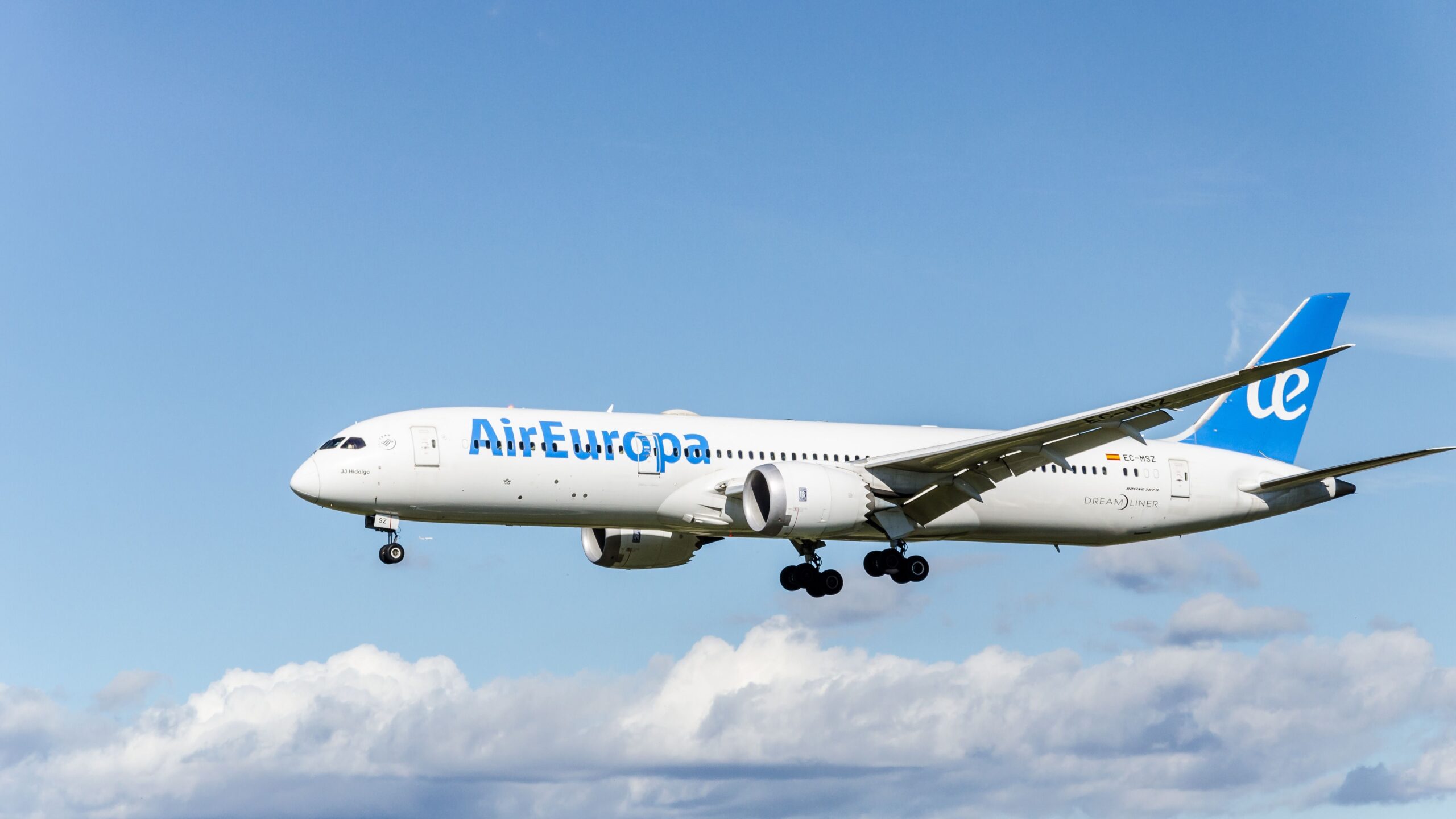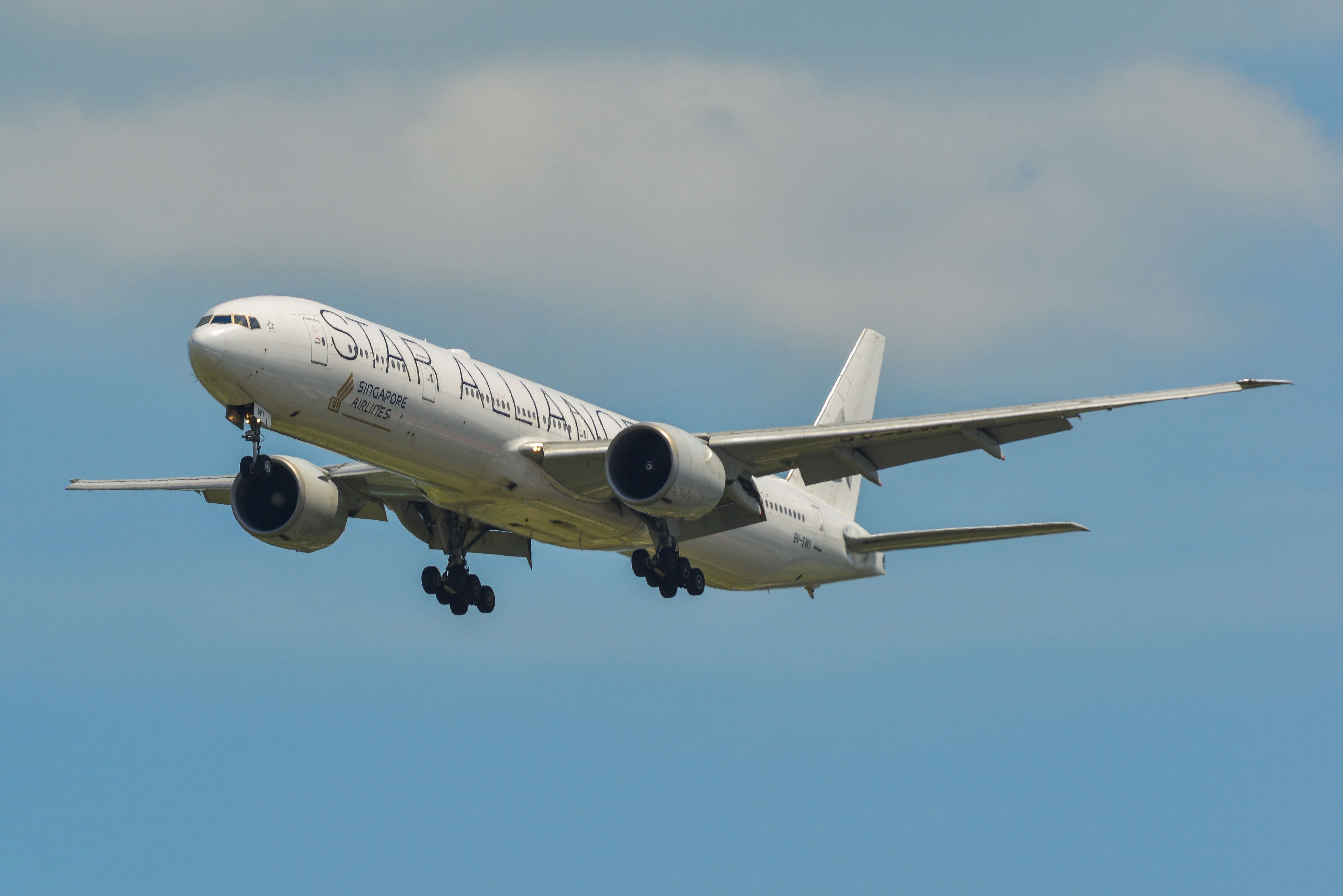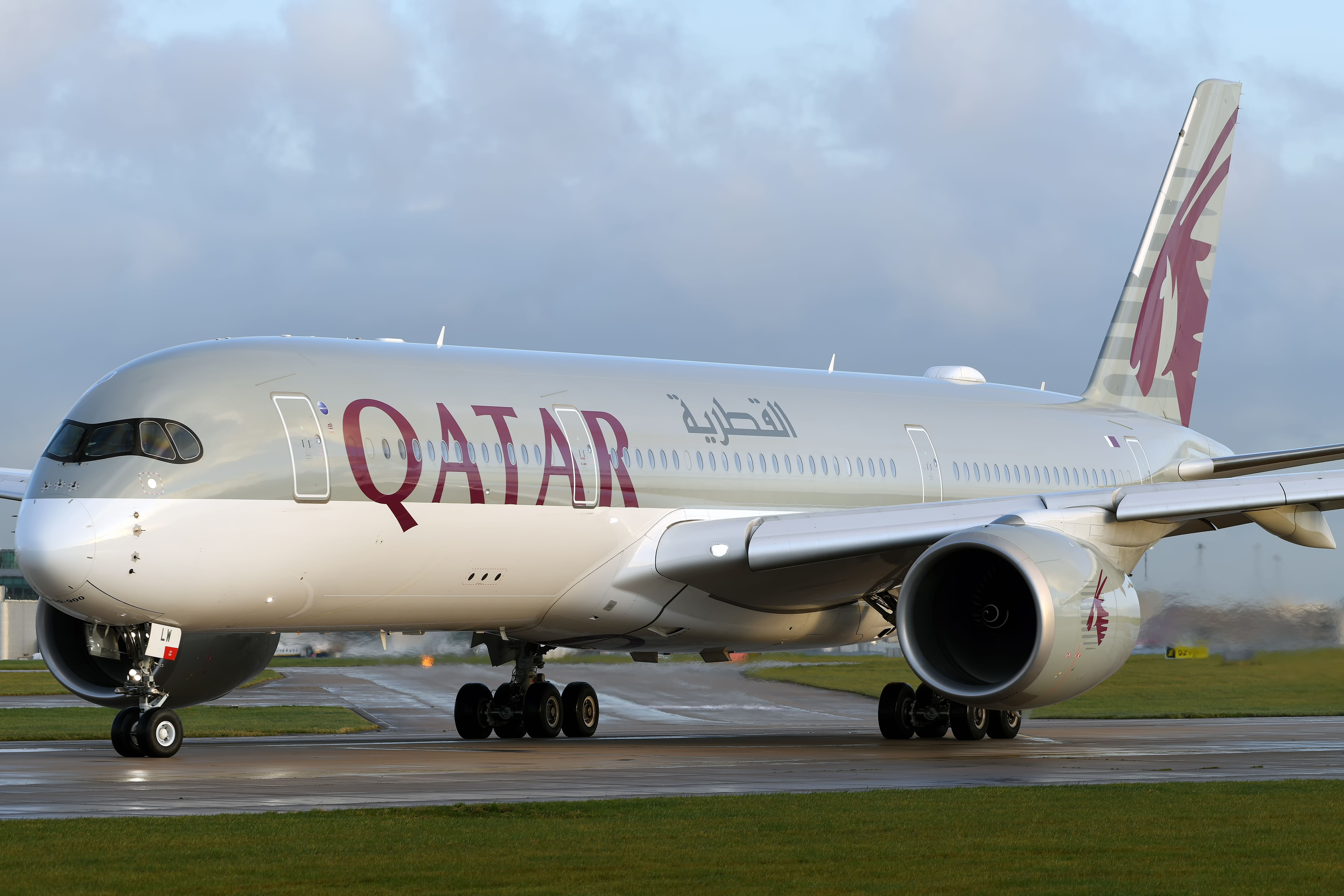Summary
- Air Europa Boeing 787 Dreamliner flight UX45 from Spain to Uruguay experienced severe turbulence, injuring over two dozen passengers and diverting to Brazil.
- Recent turbulence-related incidents have raised concerns in the aviation industry, with an increased focus on passenger safety during flights.
- These incidents occurred despite the existence of enhanced technology to detect turbulence.
Another severe case of turbulence has been reported on a flight—this time on an Air Europa Boeing 787 Dreamliner aircraft traveling from Spain to Uruguay. More than two dozen passengers were reported to be injured, and the plane eventually diverted to Brazil due to the incident.
Several injured on Air Europa Boeing 787 flight
In the early morning hours of July 1, an Air Europa flight operating from Madrid to Montevideo in Uruguay encountered severe turbulence, injuring at least 30 people onboard. The aircraft was operating flight UX45, a scheduled service from Madrid’s Adolfo Suárez Madrid–Barajas Airport (MAD) to Montevideo’s Carrasco International Airport (MVD), but had to be diverted to Natal in Brazil. The airline issued a statement that said,
“Our flight UX045 bound for Montevideo has been diverted to Natal airport (Brazil) due to strong turbulence. The plane has landed normally and the minor injuries that were reported are already being treated.”
The BBC reports a local medical team telling Brazilian media that there were at least 30 passengers of various nationalities that needed treatment, with 10 of them being taken to hospital. There were reports of passengers hitting their heads during the incident, with injuries ranging from cranial fractures to cuts to the face.
One of several in recent times
This is one of several turbulence-related incidents to make headlines in recent times due to the severity of the situation and the injuries received by passengers. One of them involved a Singapore Airlines Boeing 777 traveling from London Heathrow to Singapore Changi Airport on May 21, when severe turbulence caused serious injuries to many passengers, even claiming the life of one.
Photo: Phuong D. Nguyen | Shutterstock
According to preliminary findings, the aircraft experienced a rapid change of altitude and a rapid change of g-force. The plane diverted to Bangkok, where dozens of passengers were taken to hospital, some with critical injuries.
The same month, a Turkish Airlines flight attendant was flung to the ceiling before falling hard on the floor, suffering from a broken backbone when an Airbus A321 flight from Istanbul to Izmir faced severe turbulence.
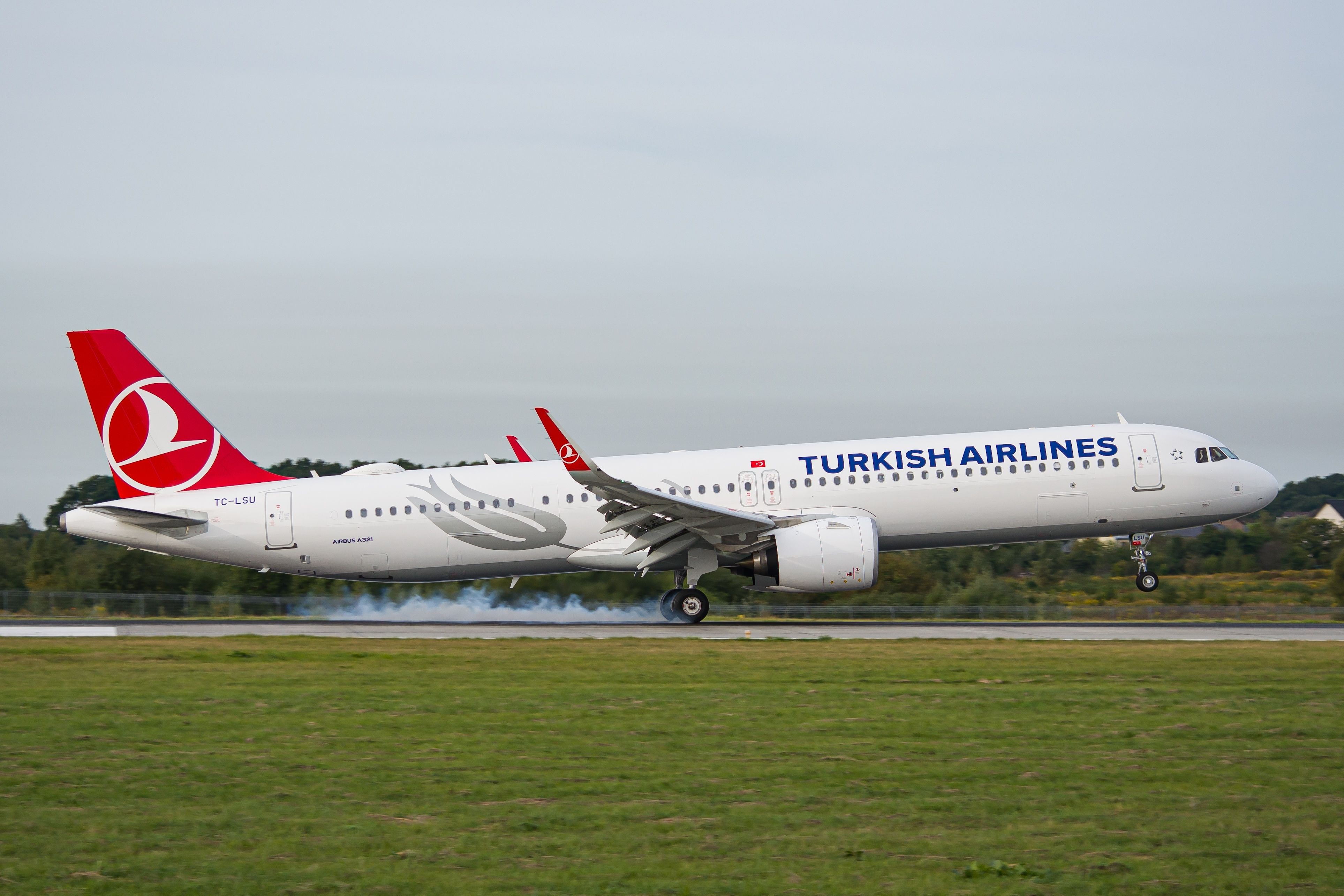
Related
Turkish Airlines Flight Attendant Hits Cabin Ceiling & Breaks Spine After Severe Turbulence Rocks Airbus A321
There have been a string of such incidents in the last few days.
In May again, a Qatar Airways Boeing 787-9 flight to Dublin was met by emergency services at the airport after turbulence injured six passengers and six crew members on the flight. In June, an Air New Zealand Airbus A320 on a domestic flight from New Zealand’s capital, Wellington, to Queenstown was hit by turbulence about 15 minutes into the flight. The incident left two injured.
Industry mindful of increasing cases
Given the severity of the recent incidents, the aviation industry also seems to be closely monitoring the situation. Singapore Airlines changed its seatbelt policy following the incident in which passengers will not be served hot drinks or meals when the seatbelt sign is on.
The European head of Qatar Airways, Eric Odone, recently said that while the incidents are regrettable, there’s enhanced technology in place to detect severe turbulence in most cases.
Photo: Plane Photography | Shutterstock
During a roundtable at the recent IATA AGM in Dubai, Emirates’ President Sir Tim Clark said that the industry will likely be more concerned about people’s movement inside aircraft, ensuring that they are in their seats and strapped in.
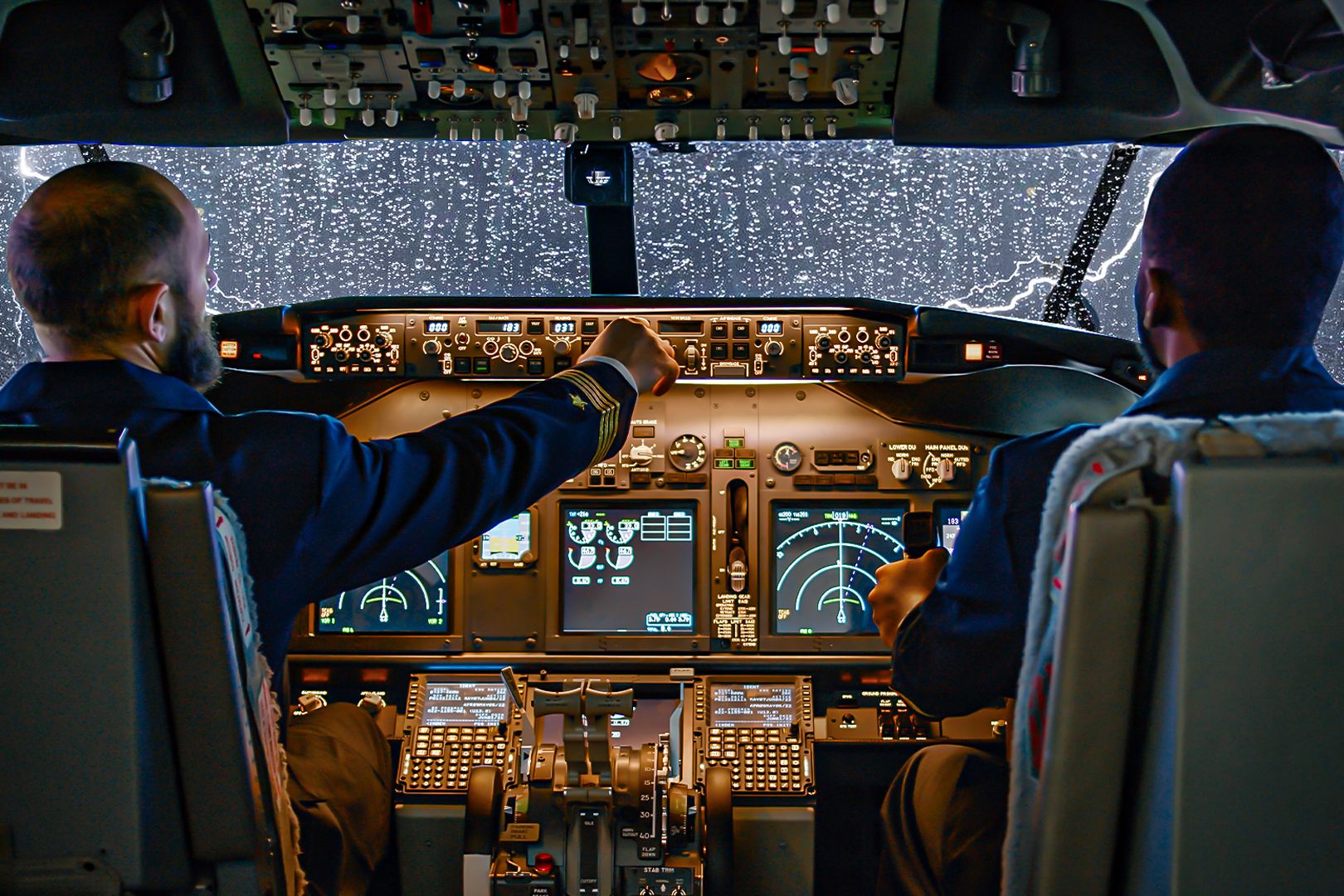
Related
Inflight Turbulence: A Pilot’s Perspective
A review of the types and intensities of turbulence, and how airlines avoid bumpy rides.
What do you think about the increase in severe turbulence cases in recent months? Please leave a comment below.

